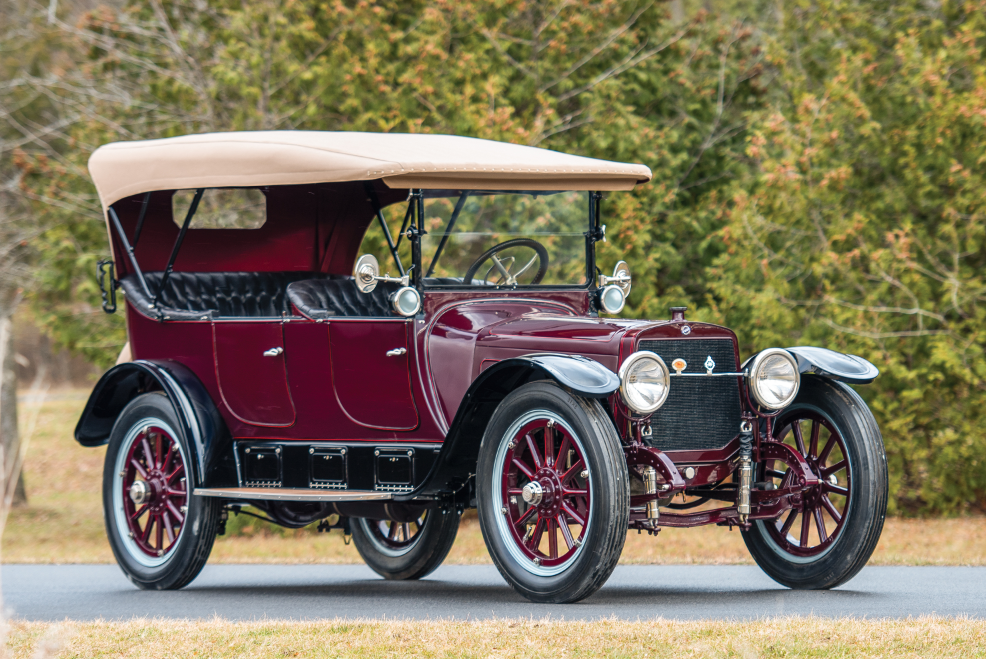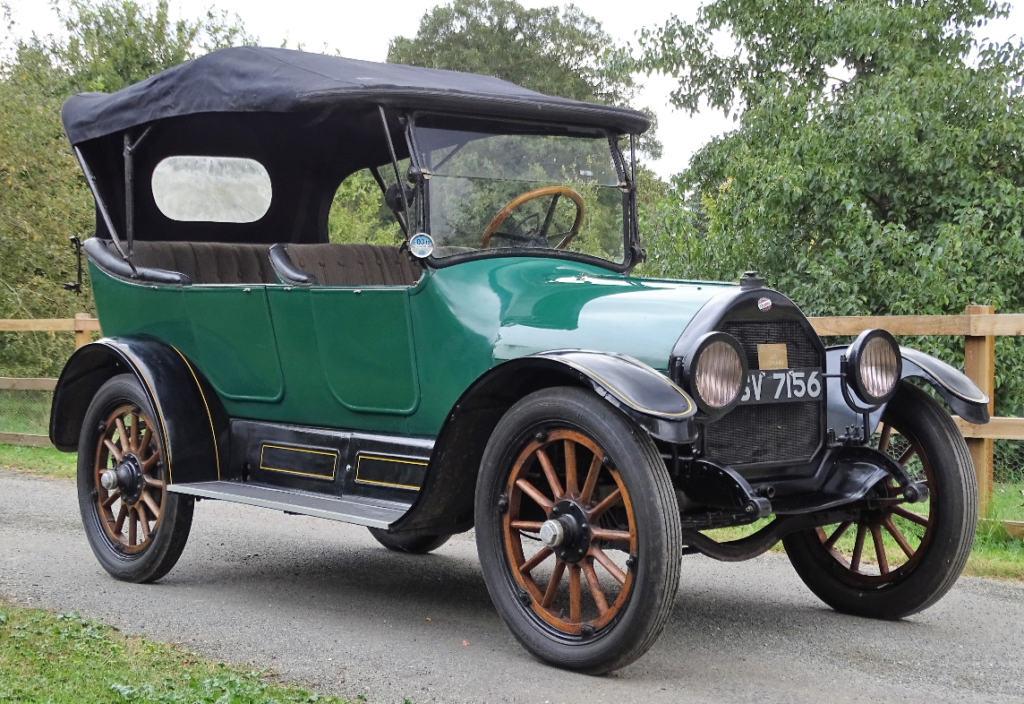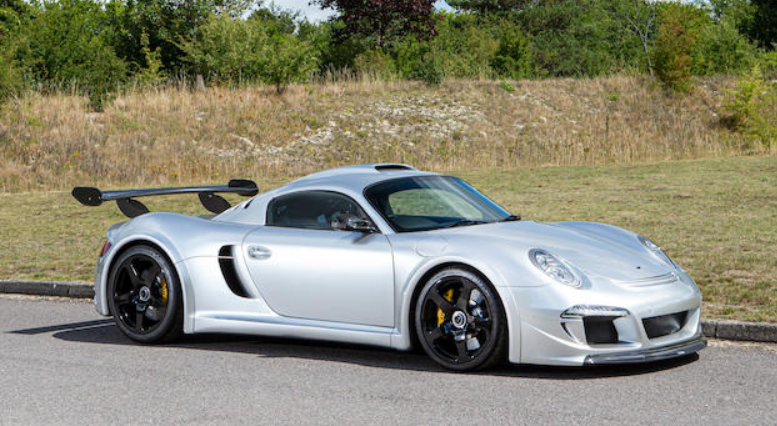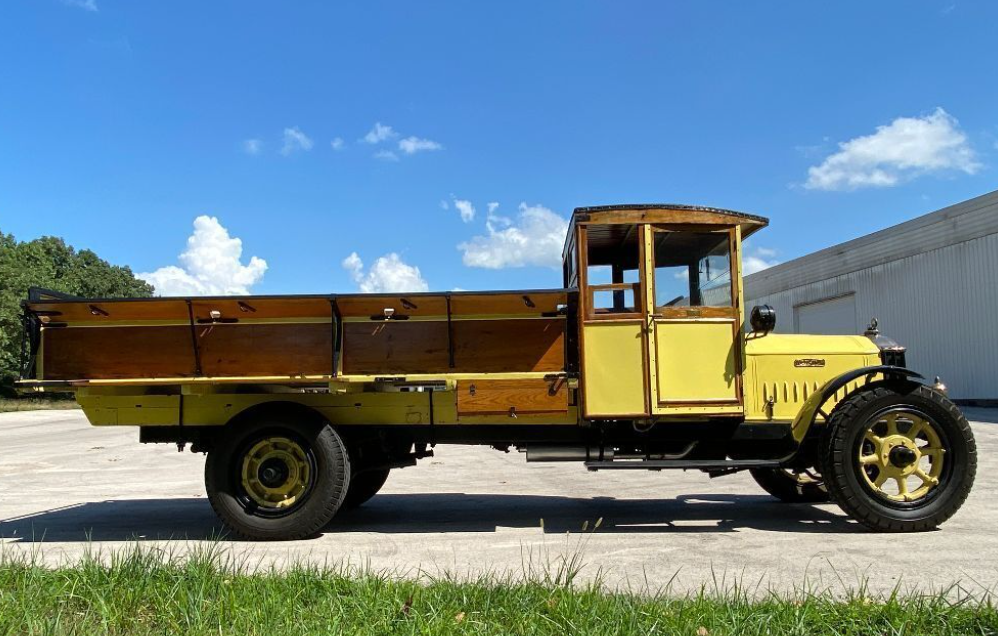1930 BMW Dixi 3/15 DA-2 Convertible
Offered by Dorotheum | Salzburg, Austria | October 17, 2020
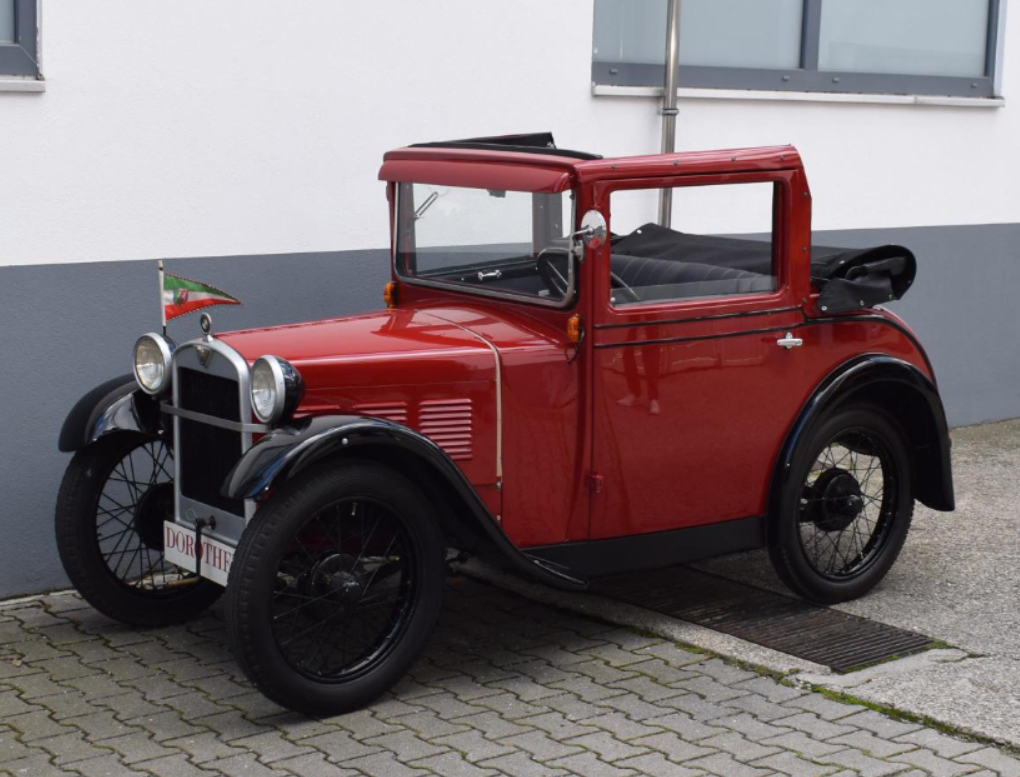
The Dixi was an Austin Seven built under license in Germany beginning in 1928. In late 1928, Dixi was overtaken by BMW, and in 1929, the cars were re-badged as the BMW Dixi 3/15 DA-2. This model was produced from 1929 through 1931. Two more versions of the 3/15 would be produced through 1932, but the DA-2 was the last to carry the Dixi name.
Power is from a 747cc inline-four good for 15 horsepower. You could get a two-door sedan, a delivery van, or a convertible like the one you see here. Only 300 examples of the convertible were produced, and I’d bet there are very, very few left today.
For perspective, the 300 convertibles were out of an entire DA-2 production run of 12,318. This one has been restored and is expected to bring between $14,000-$21,000. Click here for more info and here for more from this sale.
Update: Sold $17,069.



